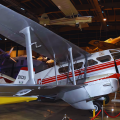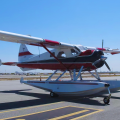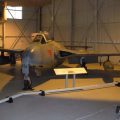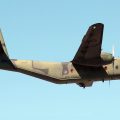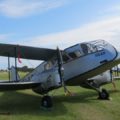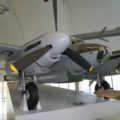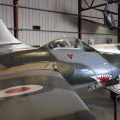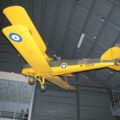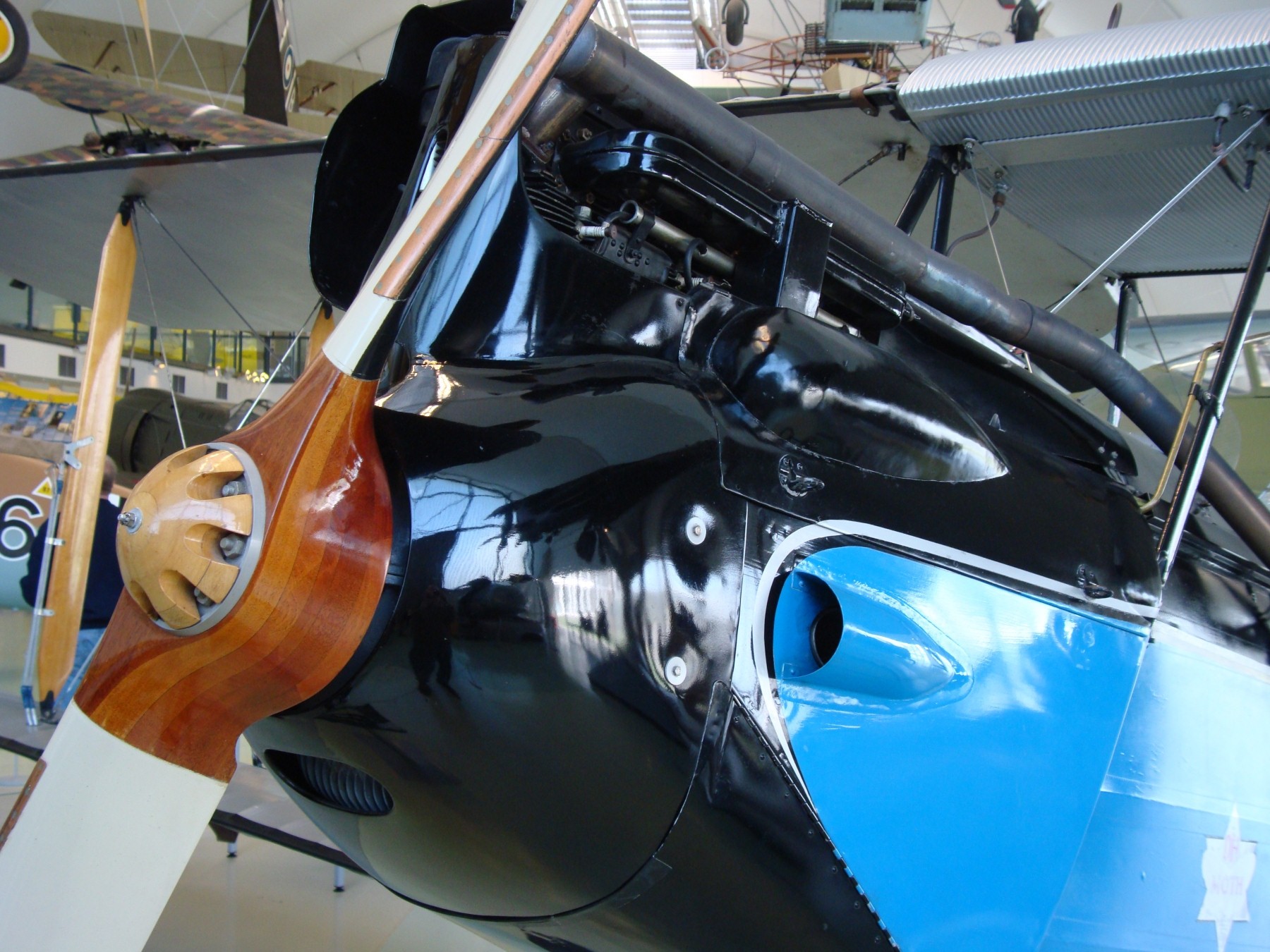
de Havilland DH.60 Moth | |
|---|---|
| Land | Uk |
| Klasse | Trainer |
| Eerste vlucht | 22 February 1925 |
| Gebouwd | Onbewust |
De de Havilland DH.60 Mot is a 1920s British two-seat touring and training aircraft that was developed into a series of aircraft by the de Havilland Aircraft Company. The DH.60 was developed from the larger DH.51 biplane. The first flight of the Cirrus powered prototype DH.60 Moth (registration G-EBKT) was carried out by Geoffrey de Havilland at the works airfield at Stag Lane on 22 February 1925. The Moth was a two-seat biplane of wooden construction, it had a plywood covered fuselage and fabric covered surfaces, a standard tailplane with a single tailplane and fin. A useful feature of the design was its folding wings which allowed owners to hangar the aircraft in much smaller spaces. The then Secretary of State for Air Sir Samuel Hoare became interested in the aircraft and the Air Ministry subsidised five flying clubs and equipped them with Moths.
| DH Gypsy Moth Walk Around | |
|---|---|
| Photographer | Unknow |
| Localisation | Unknow |
| Photos | 18 |
Kits zoeken op eBay:
| de Havilland DH.60M Moth Walk Around | |
|---|---|
| Fotograaf | Michael Benolkin |
| Lokalisatie | Onbewust |
| Foto 's | 14 |
Zie ook:
Gerelateerde kits:
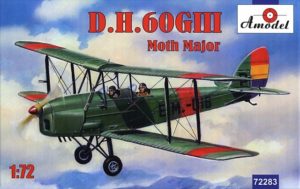
The de Havilland DH.60 Moth is a two-seat biplane that was designed and built by the British aircraft manufacturer de Havilland in the 1920s. It was one of the most popular and successful light aircraft of its era, and was used for various purposes such as training, touring, sport flying, and military service. The Moth was based on the earlier de Havilland DH.51, but featured a smaller and lighter airframe, a more powerful engine, and a folding wing mechanism that allowed it to be stored in a standard garage. The Moth was also the first aircraft to use the de Havilland Gipsy engine, a reliable and economical inverted inline four-cylinder engine that became the standard powerplant for many de Havilland designs. The Moth was produced in several variants, such as the DH.60G Gipsy Moth, the DH.60M Metal Moth, the DH.60T Moth Trainer, and the DH.60X Moth Major.
The Moth was exported to many countries and operated by various civil and military organizations, including the Royal Air Force, the Royal Canadian Air Force, and the United States Army Air Corps. The Moth was also flown by many famous aviators, such as Amy Johnson, who flew a Gipsy Moth solo from England to Australia in 1930, and Charles Kingsford Smith, who used a Gipsy Moth for the first trans-Tasman flight in 1928. The Moth was a versatile and durable aircraft that could perform well in various conditions and environments. It was praised for its ease of handling, stability, and performance, and was considered a joy to fly by many pilots. The Moth was also influential in the development of aviation, as it helped to popularize flying as a hobby and a sport, and inspired many other light aircraft designs. The Moth was in production until 1933, when it was replaced by the de Havilland DH.82 Tiger Moth. However, many Moths remained in service for decades after that, and some are still flying today as cherished vintage aircraft.
Bekeken : 1336


